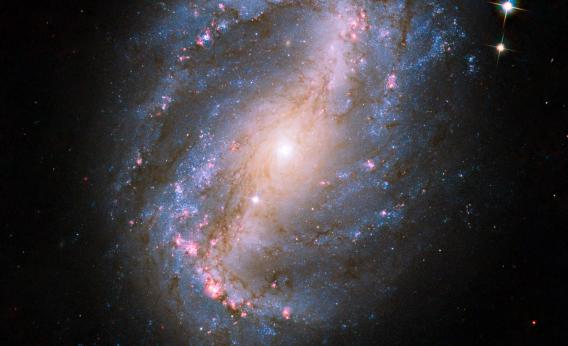Dark matter has always had mysterious properties, but now it appears to be even more enigmatic than scientists predicted.
Researchers are re-evaluating their assumptions about dark matter in light of a cosmic pile-up 2.4 billion light years away. Galaxies and dark matter were previously believed to stay together even during a collision of galaxies. But a new report from Hubble observations of a merging galaxy cluster known as Abell 520 suggests high-speed galaxy cluster collisions can leave a pile of dark matter rubble at the scene of the accident.
Dark matter, detected only by its gravitational effect, is believed to provide the invisible “scaffolding” for the universe’s structure, binding galaxy clusters through gravitational force into a giant cosmic web. But since we can only see about 15 percent of the universe’s matter anyway, we’re probably in store for many more confounding revelations. It’s a good thing that, like galaxies and dark matter, scientists and their theories don’t get too attached.
Video produced by: Jim Festante
